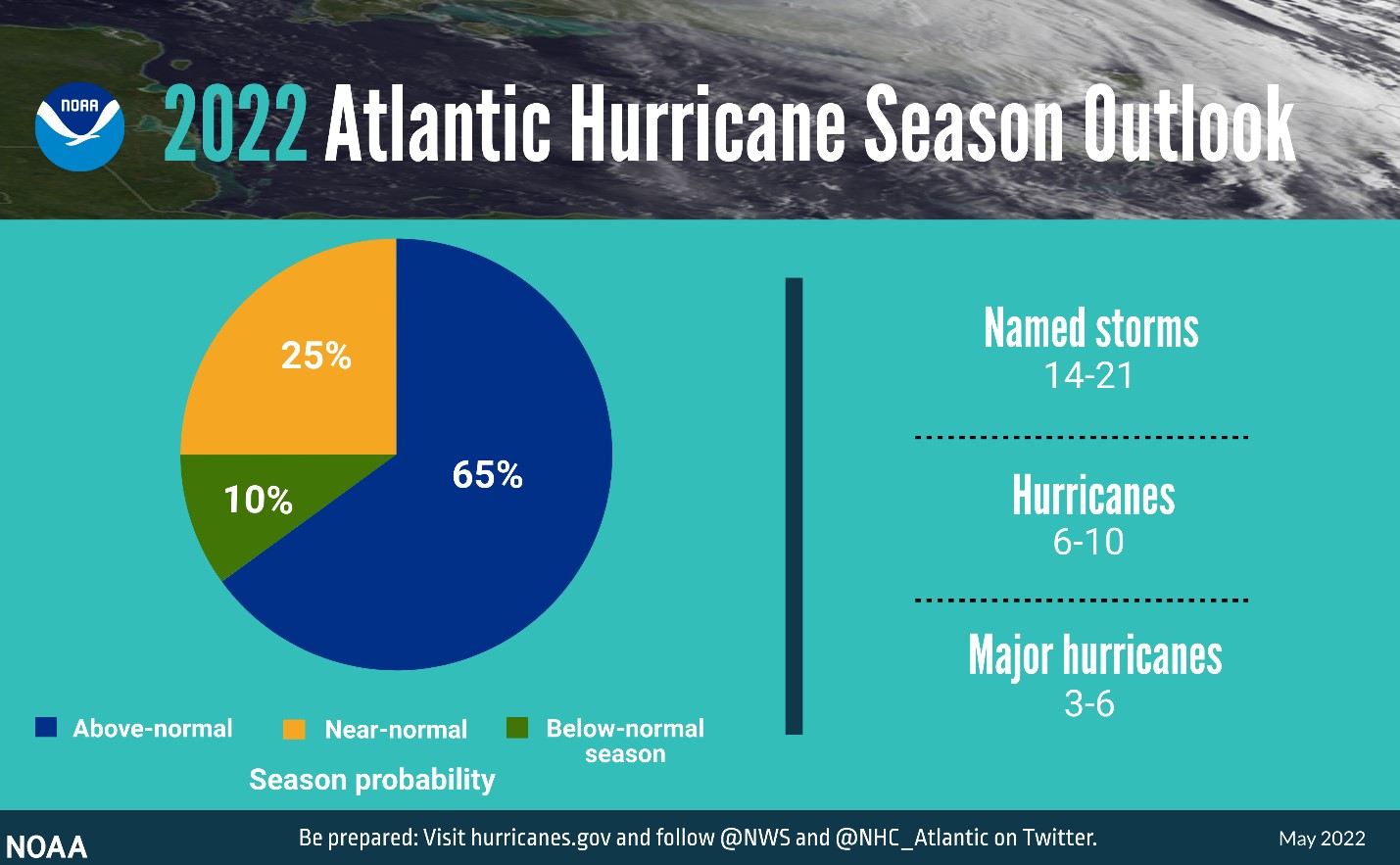Wesley Miller
In May 2022, the National Oceanic and Atmospheric Administration (NOAA) forecasted the seventh consecutive year of above-average Atlantic hurricane activity. Despite 16 days remaining in hurricane season, NOAA’s prediction proved accurate, with ten hurricanes and an additional six named storms resulting in $53 billion in damages and hundreds of deaths.
In May 2022, the National Oceanic and Atmospheric Administration (NOAA) forecasted the seventh consecutive year of above-average Atlantic hurricane activity. Despite 16 days remaining in hurricane season, NOAA’s prediction proved accurate, with ten hurricanes and an additional six named storms resulting in $53 billion in damages and hundreds of deaths.
Fortunately for Texans, the storms have strayed from the western portion of the Gulf Coast aside from isolated showers. The most recent storm, Hurricane Nicole, made landfall in Florida on Nov. 9 and moved through the Mid-Atlantic states, but Texas remained in the clear. The frequency and intensity of natural disasters (e.g., hurricanes and wildfires) are forecast to increase throughout the decade, exposing more people and places to these destructive events.
Given these risks, the Texas Real Estate Research Center at Texas A&M University is launching “When Disaster Strikes,” a blog series to better inform Texans of the costs and consequences of natural disasters. The series will summarize important findings from academic publications, including the impacts on public health, economic activity, and individual decision-making. While the literature extends beyond natural disasters in Texas, the results will be contextualized to the state’s population.
Look for the first post Thursday, Nov. 17.

